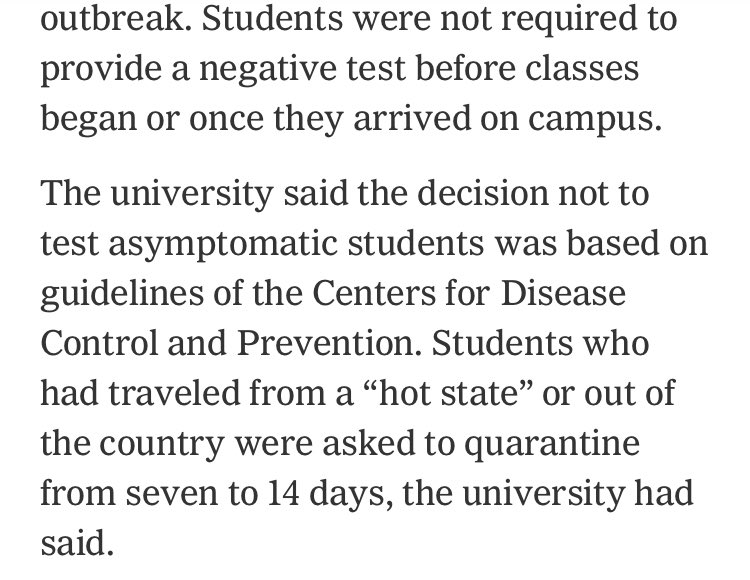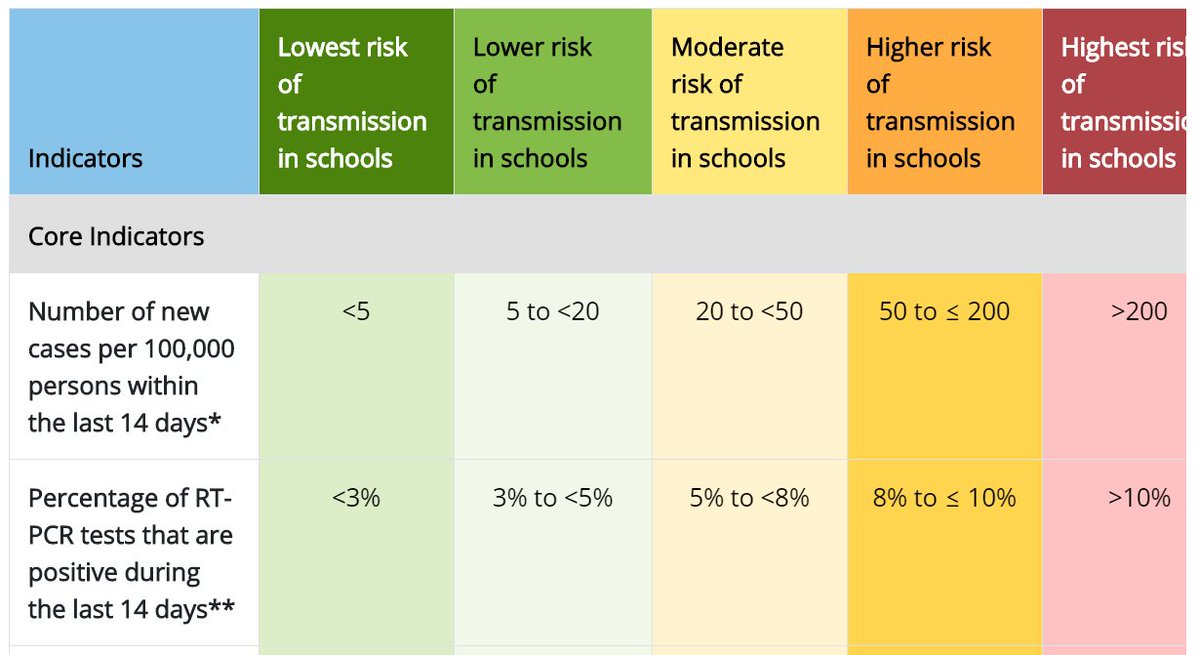
So glad that @SavannahGuthrie checked him on this.
He's been peddling this repeatedly so let's put it to bed.
The right reference point isn't literally doing nothing, it's *what more successful countries actually did.*
He's been peddling this repeatedly so let's put it to bed.
The right reference point isn't literally doing nothing, it's *what more successful countries actually did.*
https://twitter.com/atrupar/status/1316895418035306497
The US is the unique among peer countries in having a 3-crest pandemic (so far).
We are trending upwards now, as is much of Europe - with the key difference that Europe didn't have the summer wave that we did.
We are trending upwards now, as is much of Europe - with the key difference that Europe didn't have the summer wave that we did.

So let's look at that and a couple of other scenarios for total mortality, had we controlled it as well as other countries and regions have.
Let's start with top performers: East Asian countries.
You have to log-scale the chart to even be able to see them, compared to the US.
Let's start with top performers: East Asian countries.
You have to log-scale the chart to even be able to see them, compared to the US.

US is at 632 deaths per million.
If we'd done as well as Japan (13 per mil), it would have saved 203,000 Americans.
South Korea (8.5 per mil), we'd have saved 204,500 lives. US fatalities would be under 3000.
And at China's reported level, we'd have barely over 1000 deaths.
If we'd done as well as Japan (13 per mil), it would have saved 203,000 Americans.
South Korea (8.5 per mil), we'd have saved 204,500 lives. US fatalities would be under 3000.
And at China's reported level, we'd have barely over 1000 deaths.
Those countries kept death tolls extremely low by taking action early, rather than that the wait-and-see approach that the US took.
What about Europe, which also took more of a wait-and-see approach?
What about Europe, which also took more of a wait-and-see approach?
Here are the hardest-hit Europeans. US per-capita death rate is slightly worse than Italy, marginally better than Spain, UK.
Notably though, bulk of their deaths came at the very beginning, then stabilized. They failed but turned things around. We have just kept on failing.
Notably though, bulk of their deaths came at the very beginning, then stabilized. They failed but turned things around. We have just kept on failing.

Italy is at 602 deaths per million.
On June 1 we were at 310; they were at 558.
If we'd done as well as Italy overall, about 10,000 lost Americans would still be alive.
If we'd matched Italy from June onward, around *90,000* lost Americans would still be with us.
On June 1 we were at 310; they were at 558.
If we'd done as well as Italy overall, about 10,000 lost Americans would still be alive.
If we'd matched Italy from June onward, around *90,000* lost Americans would still be with us.
Next - the better European performers.
France is trending badly now, but if we'd done as well as them to this point, 46,000 fewer Americans would have died.
If we'd matched Europe overall, we'd have saved 94,500 Americans.
If we'd matched Germany, 169,000 fewer deaths.
France is trending badly now, but if we'd done as well as them to this point, 46,000 fewer Americans would have died.
If we'd matched Europe overall, we'd have saved 94,500 Americans.
If we'd matched Germany, 169,000 fewer deaths.

What about Canada? Culturally, politically, economically close to the US, and we share a massive border. So a reasonable reference point.
Similar story. If the US had performed as well as Canada overall, we'd have saved 117,000 people.
Similar story. If the US had performed as well as Canada overall, we'd have saved 117,000 people.

So don't be distracted. By any reasonable comparison, the US performance in this pandemic has been an utter catastrophe.
We were never likely to do as well as South Korea; but we should at least have been able to match France, Canada, or Germany.
We were never likely to do as well as South Korea; but we should at least have been able to match France, Canada, or Germany.
Instead, we have needlessly lost between 15 (France) and 56 (Germany) times as many American as we lost on 9/11, beyond what our closest peer countries have lost.
There is no defense, excuse, rationale, or spin that can justify that. It is a leadership failure without parallel.
There is no defense, excuse, rationale, or spin that can justify that. It is a leadership failure without parallel.
(Quick note on methodology - all calculations take the differences in FT's reported country net fatality-per-million figures and multiply by the US population of 328m in order to estimate the fatality differentials)
• • •
Missing some Tweet in this thread? You can try to
force a refresh





